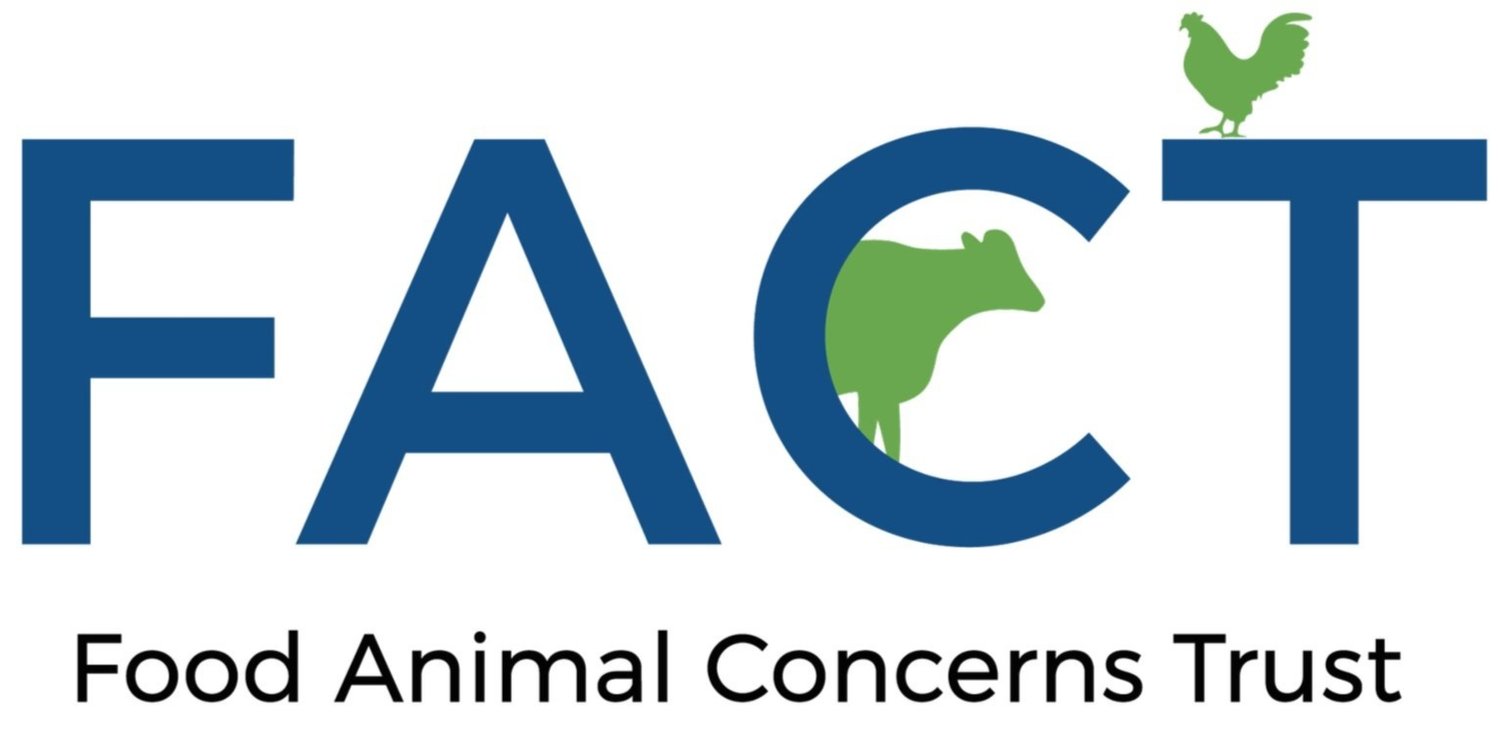Major Discrepancies in the Reporting of Antibiotic and Resistance Data in Animals vs Humans are Impeding the U.S. in the Fight to Preserve our Antibiotics
On the heels of World Antimicrobial Awareness Week - a week-long global campaign sponsored by the World Health Organization aimed at raising awareness about the continuously growing global health threat of antimicrobial resistance (AMR) - scientists and policymakers from across the globe gathered at the 3rd global high-level ministerial conference on AMR. During the conference, AMR experts and ministers of health and agriculture discussed and established targets for tackling AMR. The targets are meant to prompt political commitments from Nations across the globe to preserve our antibiotics. One of the targets, “Reduc[e] the total amount of antimicrobials used in the agri-food system by at least 30-50% from the current level by 2030” Is a goal that FACT and our allies in Keep Antibiotics Working are have been actively trying to get the FDA to adopt for U.S. agriculture.
Despite our efforts, the FDA and other U.S. Federal agencies have steadfastly rejected our calls for setting targets for reducing antibiotic use in agriculture (the sector where ⅔ of our medically important antibiotics are being used), opting instead to “promote” unmeasurable “stewardship.” When pushed they argue that they do not have enough data to know how much use is overuse. Our response is that there is no reason for it to take five times as many antibiotics to raise a pig in Iowa as it does to raise one in Denmark. At the same time, the FDA downplays the importance of the sales data that it does collect saying it is not a good proxy for antibiotic use so cannot be a guide for action such as setting reduction targets. We believe this is just an excuse to avoid accountability.
There is a huge gap between what the U.S. government is doing to address antibiotic overuse in human medicine and what the government is doing to address antibiotic overuse in food animals despite the much higher level of use in animals.
As noted above there is no program in the U.S. to collect antibiotic use data from farms and the FDA disparages the national sales data that it does collect and refuses to use it to set policy or measure impacts of policies aimed at reducing overuse. In terms of resistant infections, the National Antimicrobial Resistance Monitoring System (NARMS) gives us some information on resistant infections in animals when they are slaughtered but is not very comprehensive as data is collected only for a limited number of states and a limited number of pathogens. There are other limited programs that look at resistance in bacteria collected from sick animals. In contrast, the CDC participates in NARMS and provides data for all 50 states.
Across the board, data is much more comprehensive in human medicine. Building on existing work with hospitals, a new program was recently announced by the CDC (going into effect in 2024) which will track, report, evaluate, and optimize antibiotic use in human healthcare settings. So, in 2024, the sites of highest use of antibiotics in people - hospitals - will all be required to report their antibiotic use and also report on the number of specific resistant infections.
Similarly, the U.S. National Action Plan for Combating Antibiotic Resistant Bacteria has very specific goals for reducing the number of community and hospital acquired resistant infections. The plan also has goals related to improving surveillance and tracking of antibiotics in healthcare settings, but does not have the same goals for the huge operations where animals are raised and most of the antibiotics are used.
As for setting targets, a program funded by the Department of Health and Human Services (HHS) for long-term care facilities has set reduction targets to reduce overuse and curb antibiotic resistance. Healthy People 2030 has goals to reduce the number of courses of antibiotics for certain infections. FACT’s Safe and Healthy Food Program Director, Steve Roach wrote an Op-ed in STAT news in September summarizing this issue perfectly. He said, “The U.S. and other governments are taking steps to reduce antibiotic use in animal farming. Paradoxically, the Food and Drug Administration seems to be working against public health by refusing to set antibiotic reduction goals in agriculture. How can the U.S. successfully fight antibiotic resistance when its federal agencies aren’t aligned on the problem of antibiotic misuse, let alone the solution?” We hope the recent high-level global AMR conference will spur the U.S. government and the FDA to support setting reduction targets for antibiotics used in animals. If not, the result will be more people getting sick and dying from resistant infections.
If you have not done so already, *be sure to sign our petition urging the FDA to set targets for reducing the amount of antibiotics used in animals.
*This action is now closed, however, you may visit our action center for a list of active and ongoing campaigns.
